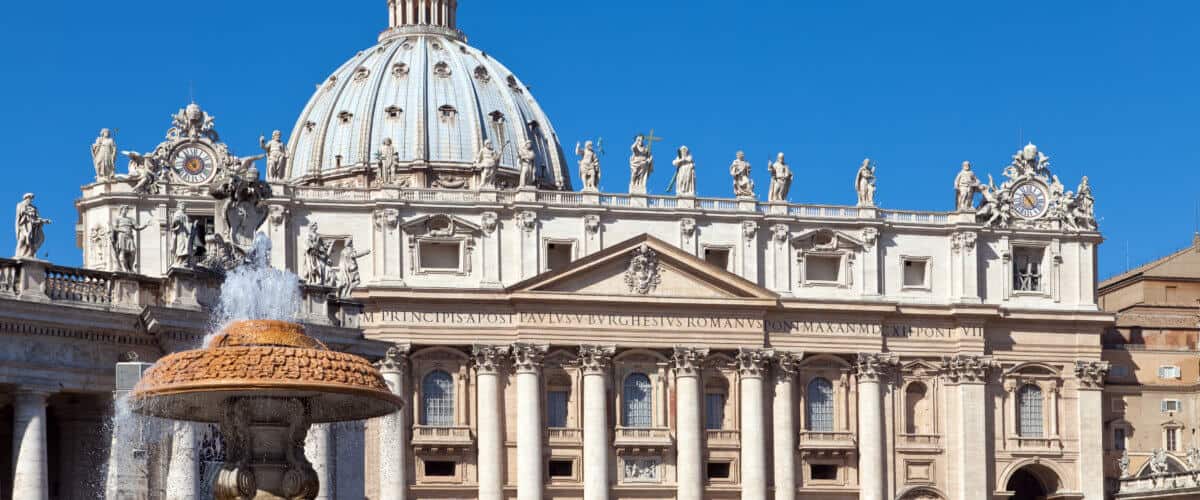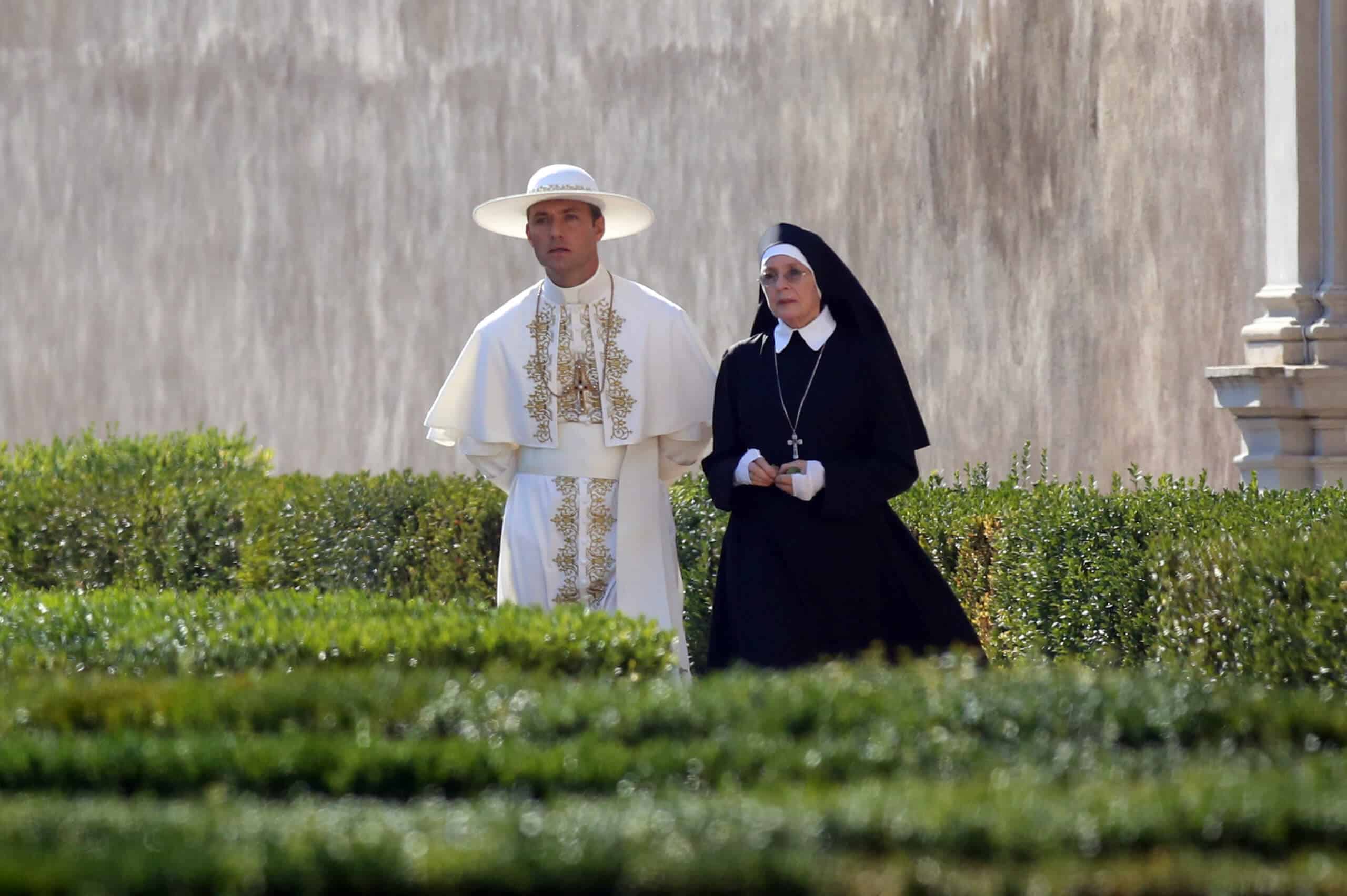Paolo Sorrentino’s series, both The Young Pope and The New Pope, is considered as one of the more complicated works in contemporary cinema. The thing is that the majority of architecture planned to be on screen, including the Vatican sacred places, Pope residents and parks, is forbidden to see people beyond. That's why the leading production designer Ludovica Ferrario squared the circle, replacing the well-known attractions with free access, without public notice. All were trustful and stunning, like Rome and the Vatican do.
Talking about her personality, Ludovica Ferrario is a prominent designer from Rome.
Her role in Sorrentino’s films, in particular, the Pope series, was not the only collaboration they already have done. Youth and the Great Beauty also implemented her talent. Moreover, she took part in most Italian art films.
But it seemed to be the groundbreaking push when Ludovica appeared with fresh perspectives and an original approach for convenient production design in Sorrentino films.
Moreover, it was a power breakthrough, like who else could recreate the Vatican residential and cathedrals in its origin even though it was not that place by far?
According to the plot, a new Pope Pius 13 (Jude Law) ascended the sacred throne. He set the controversial position to the convenient rules of the cardinals.
Being like an irregular, not humble, Pius lived another life with a few people in the close. The story covered two seasons and both directed in unusual conditions, believable to reality.
Pope Francis rejected that Sorrentino directed the series in the building of the Vatican. Neither of the episodes are set in the Vatican.
So, the crew had to change locations, from alternative parks and villas to hardware recreations of the famous monuments.
The final assessment of the sites took almost one year when the shooting started.
City Villas and Gardens Instead of the Vatican Ones
In the series, the Pope spends plenty of time in the Vatican gardens, producing reflections and thoughts.
Thus, it was a prominent place to create the ambience of the real sacral nature.
The Vatican gardens relocated to the Rome botanical garden, the yard of the Villa Medici, the park beside the Villa of Doria Pamphilj, the Villa Lante in the Viterbo region.
The Vatican garden entry is possible in extra time. It keeps the yard, with an impressive view onto the St. Peter Cathedral and some rumours of the main archaic walls.
The importance to create the intimacy of the gardens increased, which was more difficult when nobody on the team had an accurate representation with measurements and plans.
The crew of Ludovica Ferrario spent a long time reconstructing the perfectness of the Vatican gardens.
The Pope’s ‘Office’
The official room of the Pope was recreating the smallest parts, like statues, decorations and a signal button under the table.
The Globe of Glass and the statue of Venus of Willendorf, the oldest figure ever found in Austria, were the only things accomplished by Ludovica’s idea.
The statue is currently collected in the Museum of Wien. Another thing to complete was a canvas carpet with the Pope coat of arms. Even though it was partly untruth, thus realistic.
Sistine Chapel and St. Peter’s Cathedral
The highest part of the Sistine Chapel was recreated in the Italian studio with digital technologies. Truth be told, Sistine Chapel was one of the most complicated things to visualise.
As the only materials to fix the scales the crew operated were video recordings and pictures of the Chapel. Almost two months, 40 builders and 25 painters work on the project to create a full-size copy of the Sistine Chapel.

It was reconstructed in full scale up to the first cornice on the long sides, and 10 metres high on the short ones.
Some parts finalised in the post-production on London studio – artists draw the murals on computers.
The episodes, playing inside the Sistine Chapel, were shot in a studio in Rome Cinecittà. In this studio, the front side of St.Peter’s Cathedral was also built in a short time.
It took less than a month and a half to accomplish the monument.
The episodes inside St. Peter’s Cathedral was transformed to the Church of Santi Luca e Martina, the rare sacred place in Rome where shooting is permitted.
Some walls with the necessary frescoes recreated using photo wallpaper.
The Pope flat instead of the Vatican residence, placed in Palazzo Braschi in Rome on Piazza Navona.
Here the whole stage was free up and designed with furniture convenient to the Vatican theme.
Part of the locations we see in the series also were chosen in Venice. In general, the episodes collected more than fifty places in Rome, Venice and the regions around the capital.
Photos: Shutterstock
Want more from the movies? What about this?
Support us!
All your donations will be used to pay the magazine’s journalists and to support the ongoing costs of maintaining the site.
Share this post
Interested in co-operating with us?
We are open to co-operation from writers and businesses alike. You can reach us on our email at [email protected]/[email protected] and we will get back to you as quick as we can.









